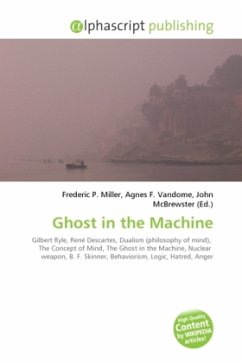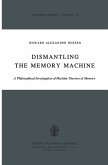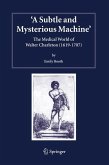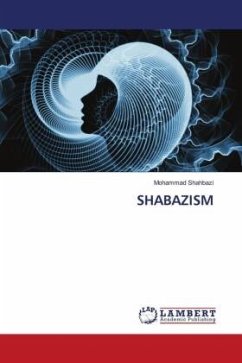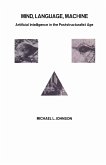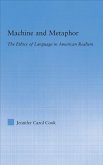The "ghost in the machine" is British philosopher Gilbert Ryle's derogatory description of René Descartes' mind-body dualism. The phrase was introduced in Ryle's book The Concept of Mind (1949) to highlight the perceived absurdity of dualist systems like Descartes' where mental activity carries on in parallel to physical action, but where their means of interaction are unknown or, at best, speculative. Much of the following material is from Arthur Koestler's discussion in his 1967 book, The Ghost in the Machine, which takes Ryle's phrase as its title. The book's main focus is mankind's movement towards self-destruction, particularly in the nuclear arms arena. It is particularly critical of B. F. Skinner's behaviourist theory. One of the book's central concepts is that as the human brain has grown, it has built upon earlier, more primitive brain structures, and that these are the "ghost in the machine" of the title. Koestler's theory is that at times these structures can overpowerhigher logical functions, and are responsible for hate, anger and other such destructive impulses.
Bitte wählen Sie Ihr Anliegen aus.
Rechnungen
Retourenschein anfordern
Bestellstatus
Storno

